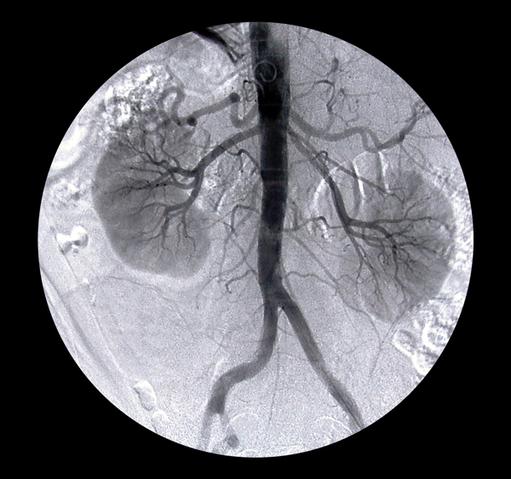- Diabetes is closely associated with cardiovascular disease (CVD)
- Heart attack and stroke cause premature death in people with diabetes
- People living with type-2 diabetes can prevent or slow the onset of CVD
- Lower CVD risk by exercising, eating healthily, controlling your weight, and giving up smoking
Diabetes and cardiovascular disease
Diabetes is treatable, but people with diabetes have a greater risk of developing cardiovascular disease (CVD) than people who do not have diabetes. Indeed, adults with diabetes are two to four times more likely to develop heart disease or a stroke than adults without diabetes. The reason for this is because people with diabetes, particularly type-2 diabetes (T2DM), may have specific conditions that contribute to their risk of developing CVD. These include high blood pressure, abnormal cholesterol and high triglycerides, obesity, physical inactivity, high and poorly controlled blood sugars, and smoking.
Keeping your diabetes under control by managing the risk factors will help protect your heart health. Most people with T2DM are prone to accelerated atherosclerosis, and could ultimately die of cardiovascular disease (CVD). Many will die prematurely. Overall, the incidence of CVD is declining, but for people with diabetes it is increasing.
Much of diabetes care is the prevention of CVD by modifying blood pressure, blood glucose, and lipids, and this involves both medical therapies, and lifestyle changes, as Dr Roni Sharvanu Saha, Consultant in Acute Medicine, Diabetes and Endocrinology at St George's Hospital, London, explains:

Blood pressure and glycaemic control
Blood pressure and glycaemic control often require multiple drug therapies, which are less likely to produce side effects than a signal agent. Glycaemic control is important for controlling both macro and micro vascular disease. The former includes myocardial infarction and stroke; the prime causes of excess mortality in diabetes. Preventing microvascular complications is important to reduce the risk of retinopathy, and nephropathy.
Insulin therapy
Increasing numbers of people with T2DM are using insulin therapy to achieve tight glycaemic control. The challenge is to reconcile reduced HbA1c with the risk of hypoglycaemia. There is an important debate between tight and adequate glycaemic control. A 2014 Australian study reported in the New England Journal of Medicine suggests that there is no evidence that tight glucose control leads to long-term benefits with respect to mortality or macrovascular events.
Antihypertensive medication
The majority of people with T2DM whose blood pressure is not within the 140/80-range will require antihypertensive medication, which is usually an angiotensin converting enzyme (ACE) inhibitor. If the target blood pressure is not achieved, a calcium channel blocker or diuretic can be taken in combination. ACE inhibitors are inappropriate for pregnant women, and may be a less effective alternative for those of Afro Caribbean descent where a calcium channel blocker may be more effective.
Lipid lowering
Lipids are fat-like substances in the blood, and cholesterol is one type of lipid. In order for lipids to travel in the blood they must be coated with protein: lipoprotein. Excess cholesterol is detected by measuring lipoprotein. High cholesterol is a major controllable risk factor for CVD. As blood cholesterol rises, so does the risk of CVD. Recommended targets for cholesterol lowering in diabetes are total cholesterol bad cholesterol,
People with high cholesterol may be prescribed a statin, which is a group of medications that can lower bad cholesterol, and thereby reduce the risk of CVD, as Professor Olaf Wendler,Consultant Cardiothoracic Surgeon at King’s College Hospital and Professor of Cardiac Surgery at King’s College London explains :
However, high cholesterol is just one risk, and statins are usually offered to people who have been diagnosed with a form of CVD, or whose personal and family medical histories suggest they are likely to develop CVD at some point over the next 10 years.
Side effects
Statins are tablets to be taken at the same time once a day, and in most cases, will need to continue for life, as stopping the medication will cause high cholesterol levels to return within a few weeks.
There are significant risks associated with mixing statins and grapefruit, which include muscle breakdown, liver damage and kidney failure. Statins also carry other risks, such as digestive problems, increased blood sugar and neurological side effects, including confusion and memory loss.
Lifestyle
In addition to drugs, people with T2DM experiencing hypertension, and high cholesterol are encouraged to eat a healthy diet low in saturated fats, exercise regularly, stop smoking, and reduce salt and alcohol. Smoking is particularly harmful for people with diabetes since it increases the risk of macrovascular disease and microvascular complications.
Takeaways
Diabetes is closely associated with CVD. Heart attack and stroke are the major causes of premature death in people with diabetes. With the rising prevalence of diabetes, especially in developed countries, the double jeopardy of diabetes and CVD is set to result in an explosion unless preventive action is taken.
Managing T2DM involves a combination of drugs and lifestyle. Self-management is enhanced by increased knowledge of the condition. People living with T2DM can either prevent or slow the onset of CVD by increasing their physical exercise, eating a healthy balanced diet, controlling their weight, and giving up smoking.



